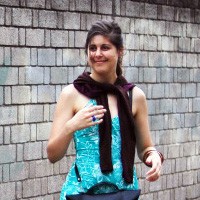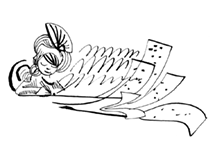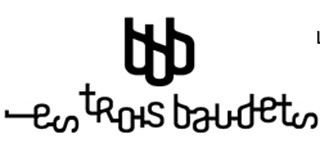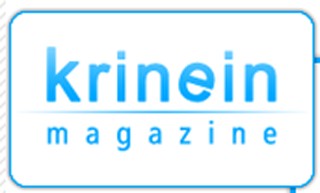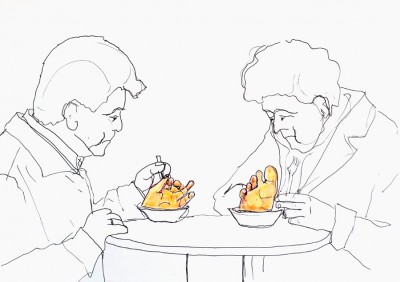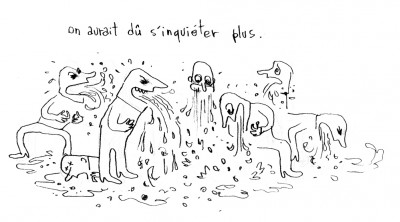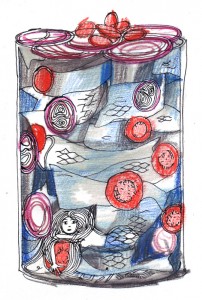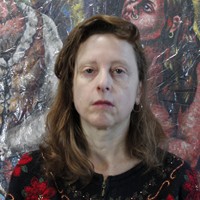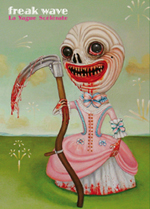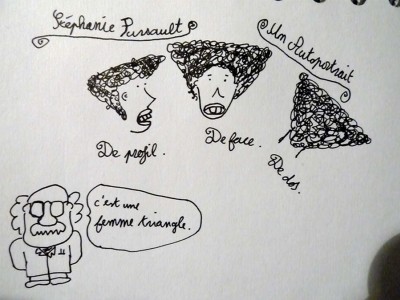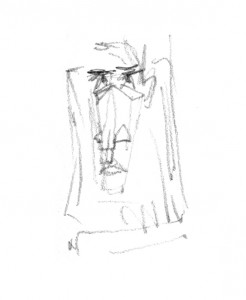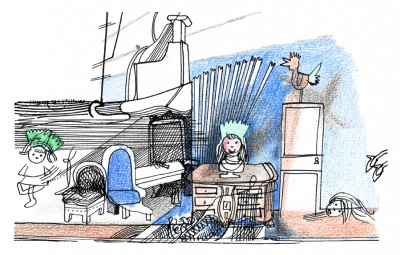Histoire d’os ( Voix éditions 2009)
Dessins de AVDL, texte de Jérôme Bertin , n & blanc, 96 pages, 11,5 X16 cm
Sous le signe de Cyber-Cybèle ( éditions L'Harmattan 2009)
Poèmes de Nina Zivancevic, illustrations n&bl de AVDL, 80 pages, 13,5 X 21,5 cm
Zombie plage (Ah Pook éditions 2008)
Porte-folio de 4 eaux-fortes d'Anne van der Linden numérotées et signées, 15,5 x 12,5 cm, 30 exemplaires
L’imagier du diable ( Ragage éditeur 2008)
Peintures, dessins, préface de Charles Pennequin, texte de dKelvin, impression numérique couleur, 80 pages,15X21 cm
Fragments du carnage ( Voix éditions 2008)
Poèmes de Jérôme Bertin, illustrations couleur de AVDL, 52 pages, 14 X 21 cm
Freak wave ( Orbis pictus club 2007)
Collectif images et poésie bilingue, offset couleur, 132 pages, 15X 21 cm
Trouble fête (éditions La boîte à gants 2007)
Poèmes de Vincent Pachès, illustrations de Anne van der Linden, impression numérique n & blanc, 28 pages, 22X 26 cm
Satan m'habite ( Ragage éditeur 2005 )
Peintures, préface de Charles Pennequin, impression numérique couleur,76 pages,15X21 cm
Ton cul pue ( édité par Allemane 2003 )
Collectif images et poésie avec Angelo, Marc Fischer, Bruno Richard, Christophe Manon, Charles Pennequin, Jean Rouzaud, Giulio Nesi, Costes, Allemane, Antoine Dufeu, June Shenfield, Anne van der Linden, sérigraphie 3 couleurs, 64 pages,18X13 cm
Viva la merda ( Les éditions Hermaphrodite 2003)
Roman de JL Costes, illustrations de couverture AVDL, 156 pages, 14 X 21 cm
K . or t (OR) Tu(R)& ( Trame ouest 2001)
Textes de Philippe Boisnard, illustrations de AVDL, préface de Mehdi Belhaj Kacem, impression numérique couleur,14x18 cm
La dame blanche ( édité par Allemane 2001)
Dessins de Pascal Doury et AVDL, sérigraphie 3 couleurs,16 pages,18x26 cm
Je veux être ton singe ( réedition Bongoût 2000 )
Texte et dessins de AVDL, sérigraphie 3 couleurs 20 pages, 20x24 cm
La caverne sentimentale ( United dead artists 2000 )
Dessins, peintures et romans-photos de AVDL, textes de Jean Rouzaud, Costes, June Shenfield, offset couleur,112 pages,15x22 cm
Bise d'Anne ( CBO 2000 )
Dessins, dépliant sérigraphié, 3 couleurs, 8 pages,10,5 x10,5 cm
Le poil ( Les 4 mers éditions 1999 )
Texte de Morvandiau, illustrations de AVDL, offset noir & rouge, 40 pages,18x13 cm
Bovary's boys ( CBO éditions 1999 )
Dessins de AVDL, texte de Armelle Kerouas, dépliant sérigraphié couleur, couverture cartonnée, 12,5 x 22 cm
Je veux être ton singe ( CBO éditions 1999 )
Texte et dessins de AVDL noir & blanc, couverture sérigraphiée rouge et argent,16 pages,15x17 cm
Le rationnement de l'air ( L'art pénultième éditions 1998 )
Roman de Olivier Prieur, illustrations de AVDL noir & blanc, couverture cartonnée argent
Tais-toi et bande ( CBO 1997 )
Dessins de AVDL, texte de June Shenfield, sérigraphie 4 couleurs,14 pages, 22X15 cm,
Livrées aux chiens ( CBO 1996 )
Dessins de AVDL, textes de Céline Galliot, Lisa Falour, Hélène Girard sérigraphie 4 couleurs, A4
Amour m'a tué ( Chacal puant 1996 )
Dessins de AVDL, texte de Costes, sérigraphie couleur
Systèmes sexuels ( Monotrash éditions 1995 )
Dessins de AVDL, texte de Costes, sérigraphie couleur, 20 pages, 16X16 cm
Heavy meat ( J.P. Faur éditeur 1995 )
Peintures de AVDL, texte de June Shenfield, offset couleur, 24 pages, 21x21cm
Suite


